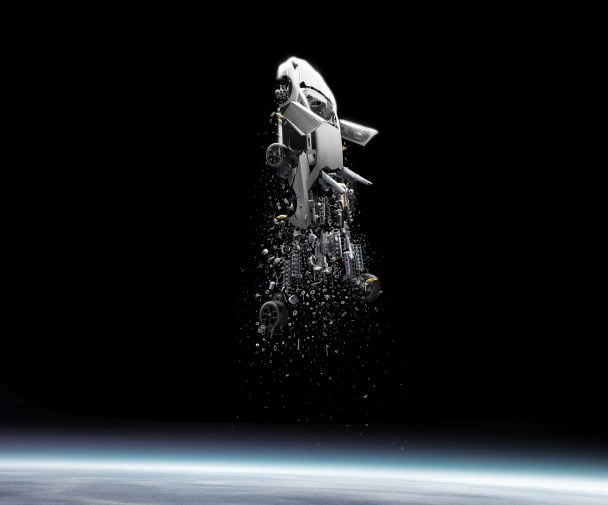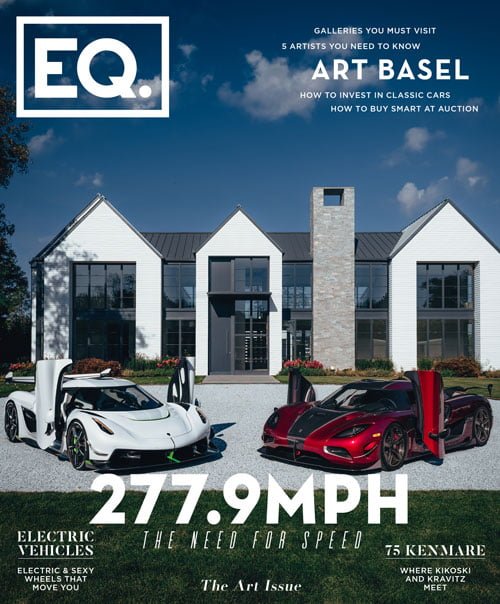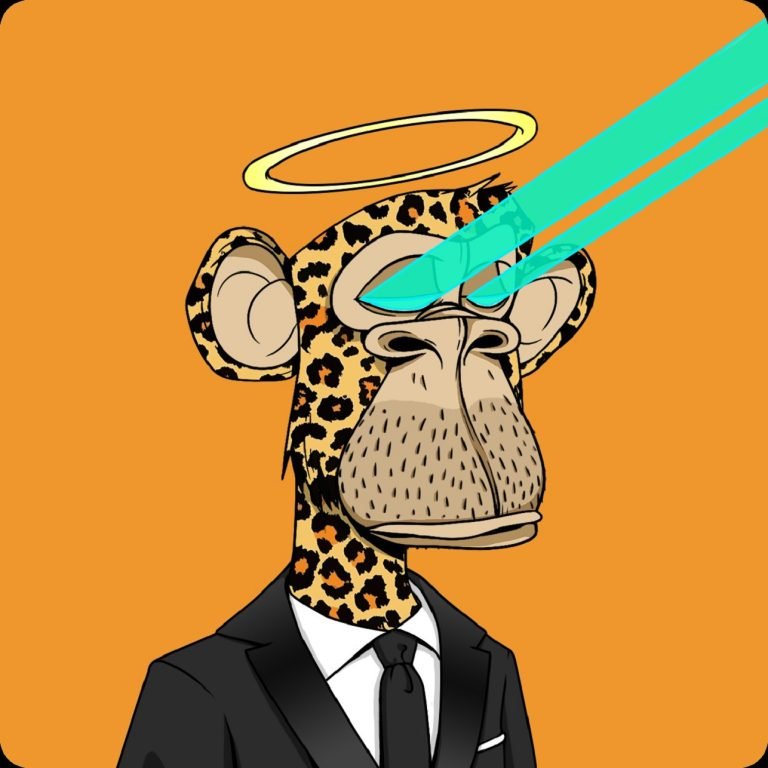
Buying is the new liking
NFTs and the rise of the extremely online art collector
WRITTEN BY April Richon Jacobs
January 5, 2021
What are NFTs and what do they mean for the future of the art market? Are they a passing fad or a major market disruptor? Do they have the staying power to go the distance? Join us as we attempt to parse out the meaning behind the multi-million-dollar NFT market and its implications for the future of art collecting.
You may ask, what are NFTs, anyway? An NFT is a unique “non-fungible token” that lives on a blockchain. A blockchain is a “digital ledger” that keeps track of the NFT and can be accessed through the owner’s digital wallet. Although the very first NFTs were minted on Bitcoin, now a lot of NFT trading happens on the Ethereum network.
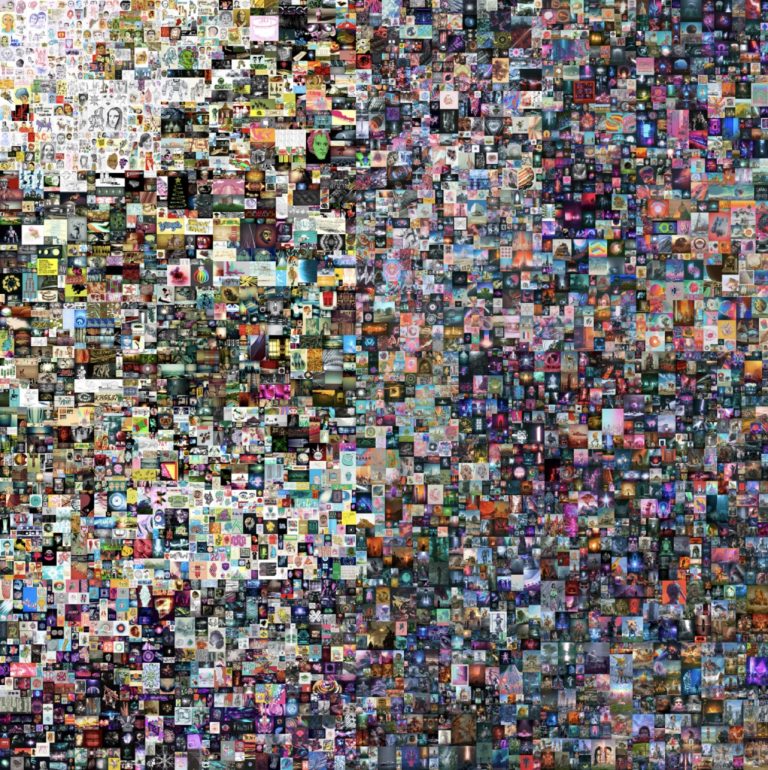
If you want to buy an NFT, you need to open a digital wallet so that you can make purchases and eventually access the NFT you buy. Once you purchase the NFT using your digital wallet, you become indelibly linked to that token as its owner, and the transaction gets recorded on the blockchain. Each NFT is identified by a series of numbers that serves as its “TokenID.”
Copy-paste any TokenID into Ethereum’s network and you’ll find the current owner and all previous owners since its creation and the price at which it changed hands. This is the exciting and most-hyped aspect of NFTs, as their transactions are fully transparent and will be stored indefinitely on the blockchain. Patricia Pernes, General Counsel for Bonhams, NY, recently explained that “NFTs make transacting in digital art more accessible,” calling them an “inflection point.”
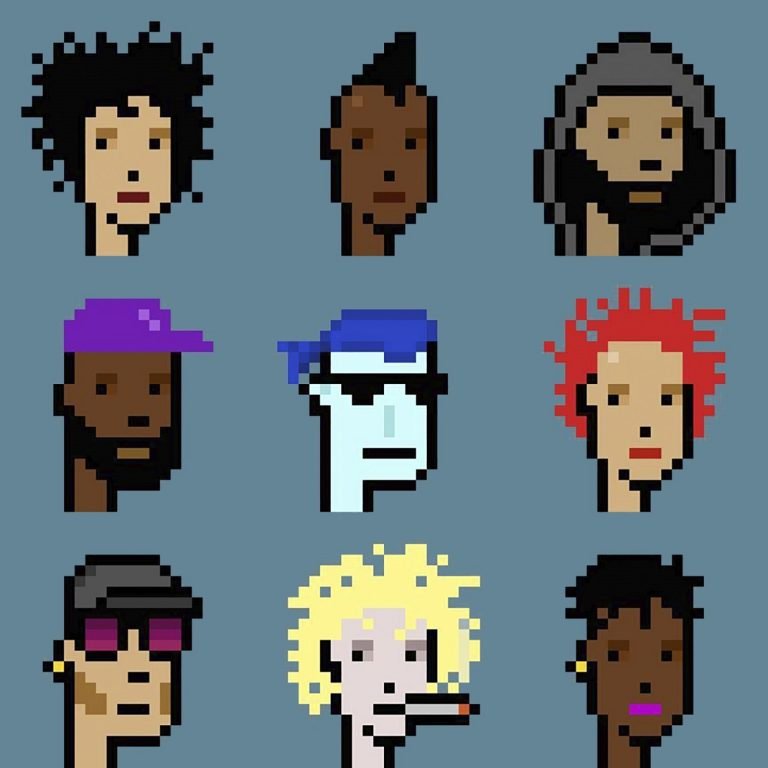
Buying an NFT gives access to an elite group of like-minded, tech-savvy people who can be described as forward-thinking, radical and extremely online. Some of the earliest NFTs — like CryptoPunks — were designed in a limited edition, so there is scarcity built in to the model. The art itself is deliberately weird, amateurish and kind of outsider or “populist” — as if to demonstrate that this is a different kind of art for a different kind of art collector. NFTs have also recently broken into the real world with BEEPLE’s latest.

In many ways, NFTs are becoming another status symbol for the luxury collector, and because the sale can be tracked by the TokenID, the purchase offers a higher level of elite online visibility. Golden State Warriors player Stephen Curry paid 55 ETH (or about $180,000) for his Bored Ape avatar earlier this August, which he uses as his Twitter profile.
Like the CryptoPunks, the Bored Ape Yacht Club is a collection of 10,000 unique NFTs available for purchase. The name pokes fun at people who got rich quick in crypto and some of the apes sport ascots and yachting caps. Like the CryptoPunks, they are made with a deliberately tongue-in-cheek irony that is equal parts weird, off-putting and yet somehow charmingly cute. Also like the CryptoPunks, the Bored Apes are selling for multiple millions this year. Over the summer, 101 of the Bored Ape NFTs resold for $24.4 million at Sotheby’s. In October, Sotheby’s sold a single Bored Ape for $3.4 million.
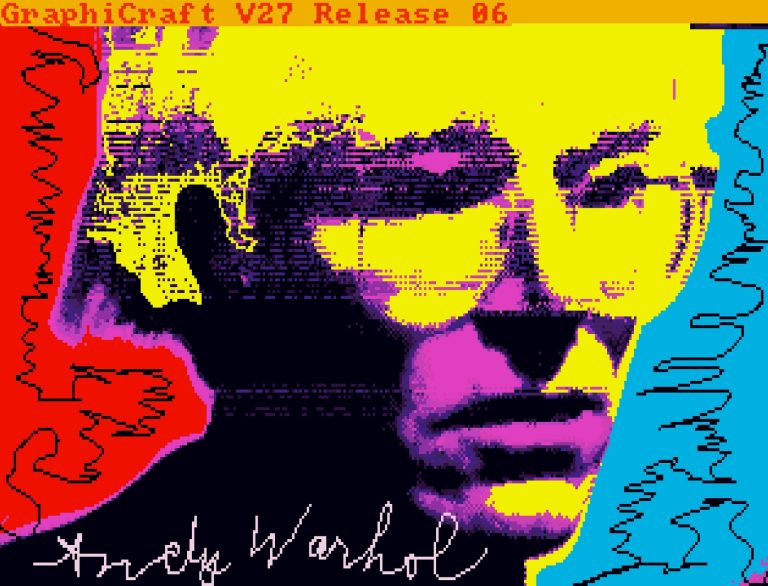
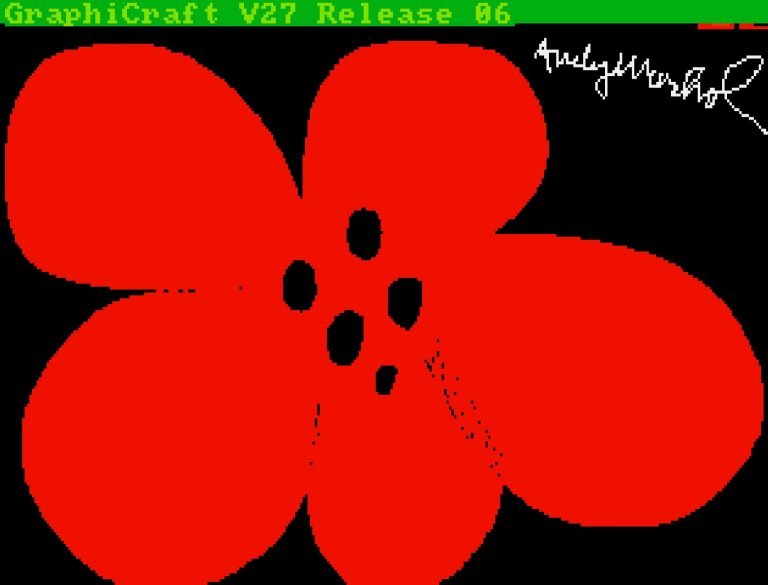
The NFT community tend to be some of the most outspoken in the world. Their abiding faith in an open-sourced, decentralized “Web3.0” of the future is perhaps the most interesting aspect of NFT collecting. According to Patricia Pernes, the typical NFT collector is “tech-conversant and inquisitive,” and likely an “early(ish) crypto adopter who benefited from growth in that space.”
The future of NFT trading will be largely determined by the strength of the crypto market, as so many NFTs are traded in ETH or Bitcoin. But the consensus seems to be that the technology enabling the minting, buying and selling of NFTs could benefit collectors of traditional “tangible” artwork as well as the artists who make it. Certainly the development of online platforms like Ethereum and OpenSea.io (an open-source marketplace for NFTs) could revolutionize the future of the art market. For instance, some NFTs have a built-in feature that automatically alots 10% of the item’s resale back to the artist who created it.
Certainly greater transparency would be a boon for collectors looking to make sense of who’s buying what, especially as auction houses offer works for sale that are guaranteed by a third-party backer that often sells on a single, irrevocable bid (the value of which remains undisclosed by the auction house).
Perhaps the future is already here — and the next generation of collectors have already revealed themselves. If that’s the case, we’re stuck with the Punks, the Apes and the memes, as well as the irreverence, glee and “wonk” that comes with them.

